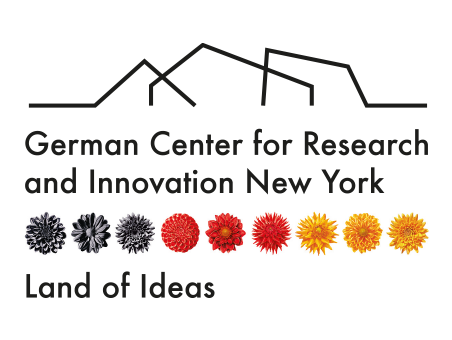Germany Races to Get Ahead in Electromobility
 © iStock
© iStock
In 2018 the German government announced it would invest $1.1 billion in the production of battery cells for electric vehicles (EV).
Fearing market dominance by Asian competitors, Germany aimed to subsidize battery-cell production to protect the economy. The automotive industry is the largest industrial sector in Germany, compromising 20% of the country’s industrial revenue and employing about 800,000.
The funding available for battery cell production subsidizes both lithium-ion and solid-state battery cells. Many consider the future of EV technology to be in solid-state batteries, which allow for longer battery life and faster recharging. Here is a rundown of some of Germany’s most promising solid-state battery research projects:
- France and Germany have agreed to cooperate on EV battery production. Among more, the project includes the establishment of two research facilities which will produce enhanced liquid batteries before moving to solid-state technology by 2025-26.
- Germany’s Fraunhofer Institute is working closely with the Swiss Federal Laboratories for Materials Testing and Research (Empa). Empa focuses on the chemical makeup of the new batteries while Fraunhofer provides process and production know-how.
- Combining basic research with close-to-practice development and innovative production technologies is the focus of the German Research Foundation (DFG) Cluster of Excellence “Energy Storage Beyond Lithium,” a joint project between the Karlsruhe Institute of Technology (KIT), Ulm University, and the Center for Solar Energy and Hydrogen Research Baden-Württemberg (ZSW).
- The Research Center Juelich has an entire team devoted to solid-state batteries. Current research focuses on building ceramic-based cells and components for the future of electrochemical energy storage.
- Germany’s Federal Ministry of Education founded a consortium of 14 research institutions called FestBatt, housed at the University of Giessen. The consortia strives to synergize the workings of these institutions and currently consists offive joint projects working with both battery materials and production methods.
